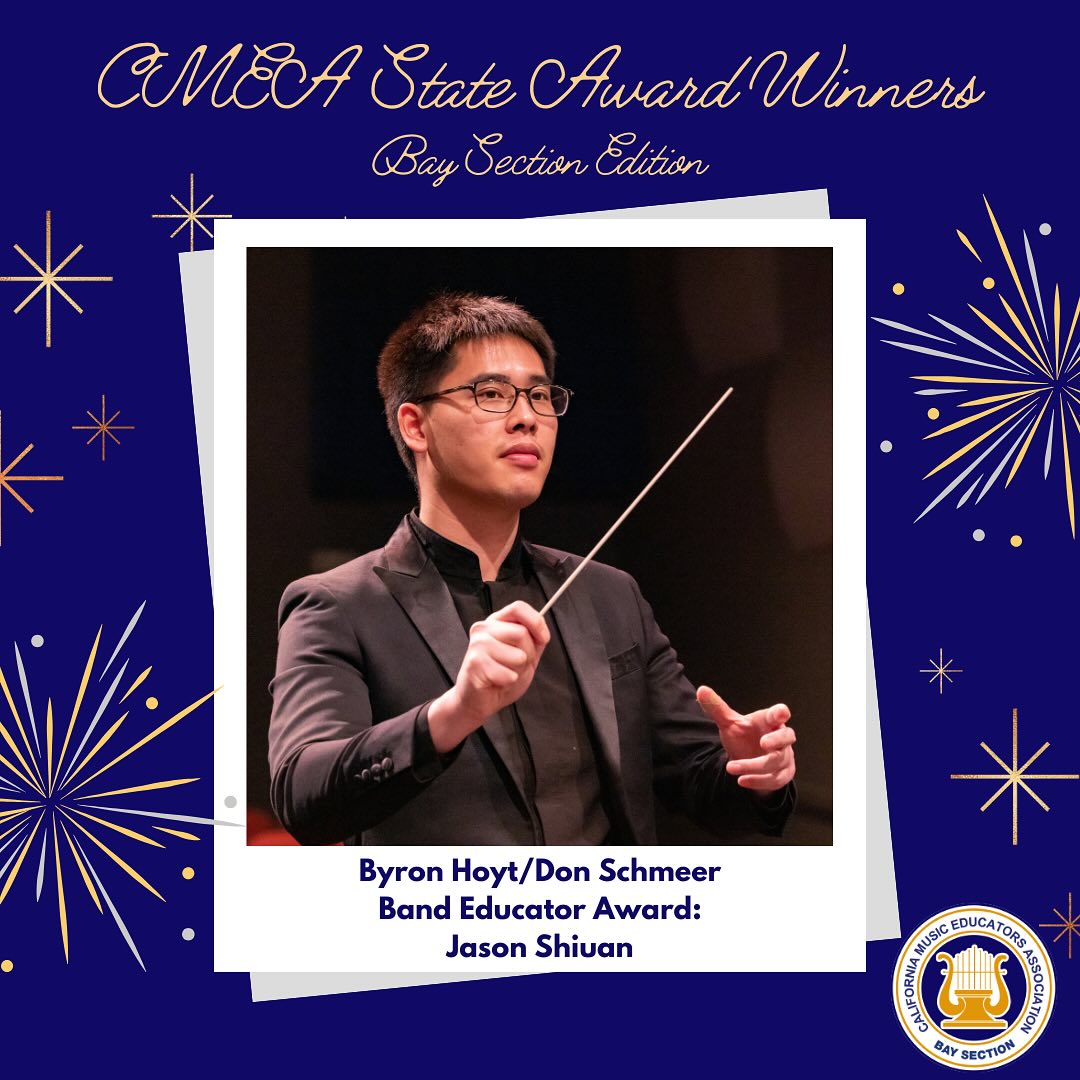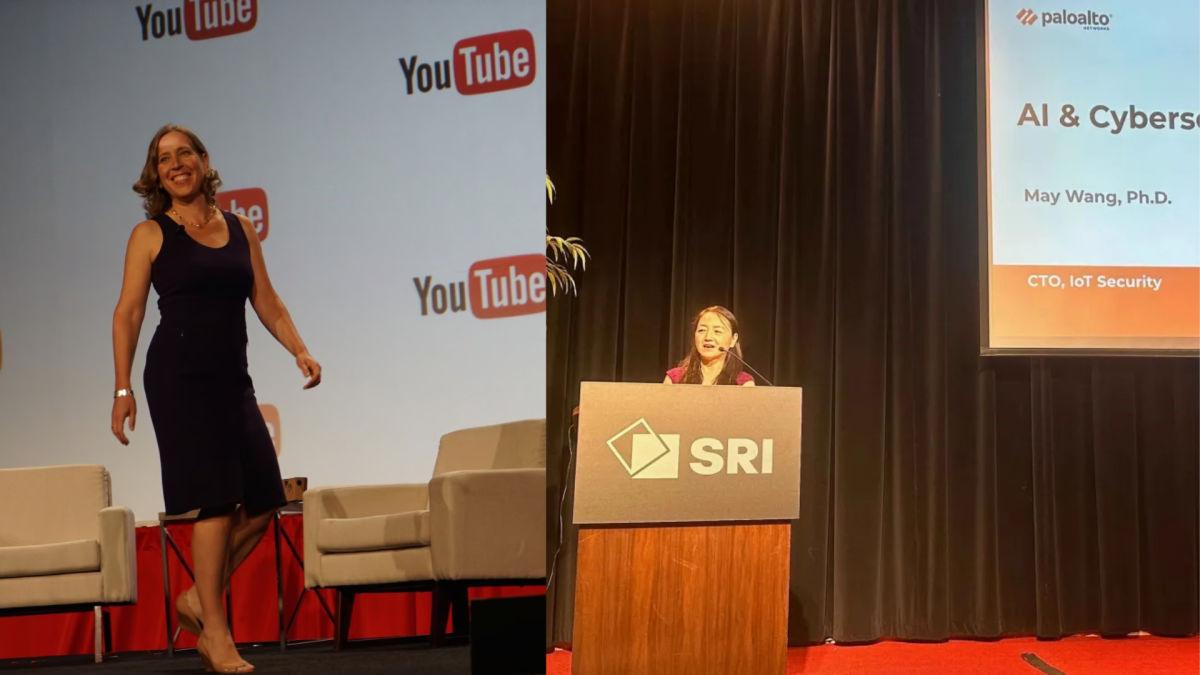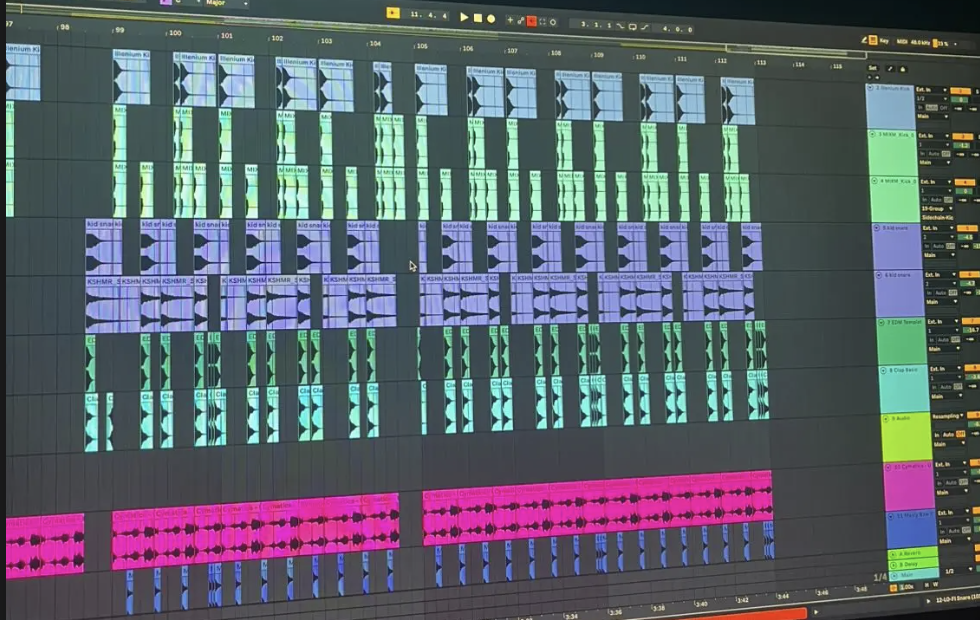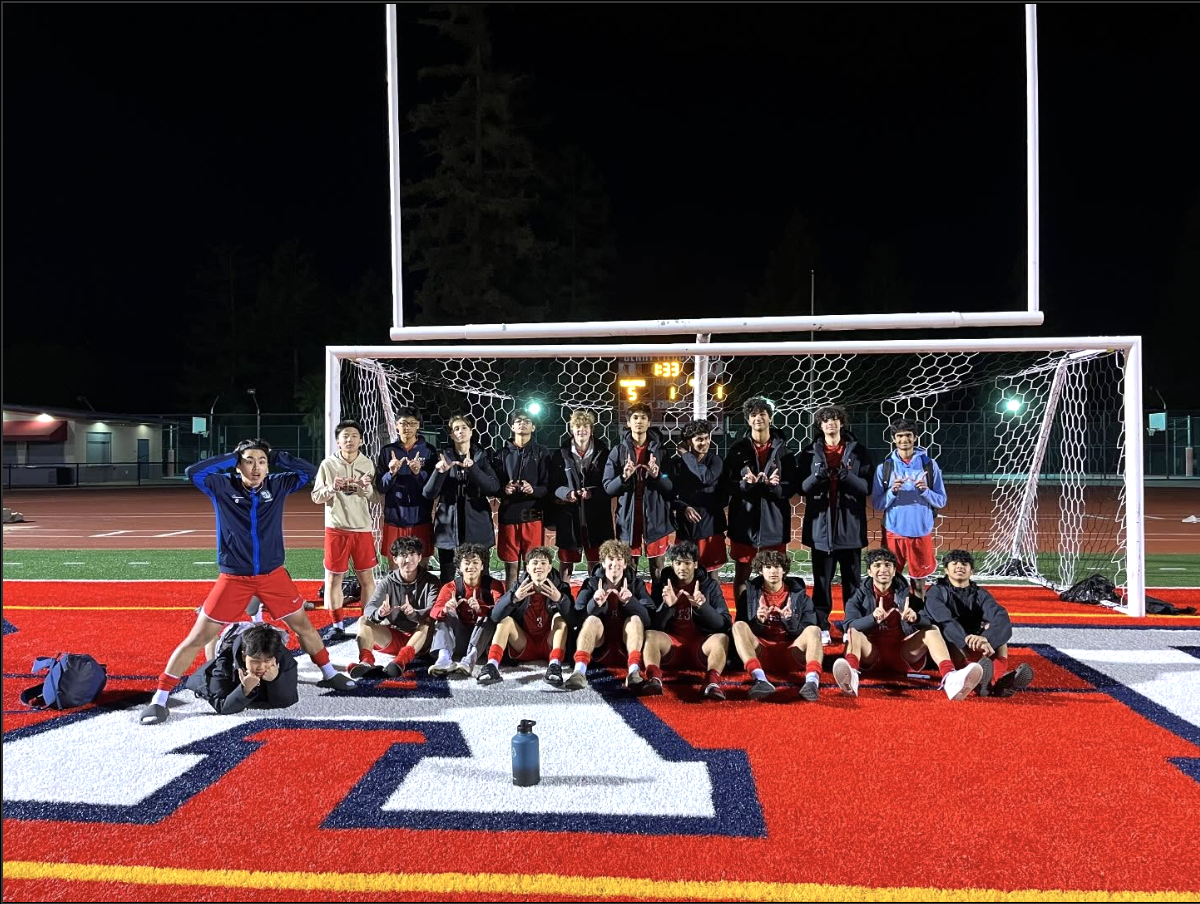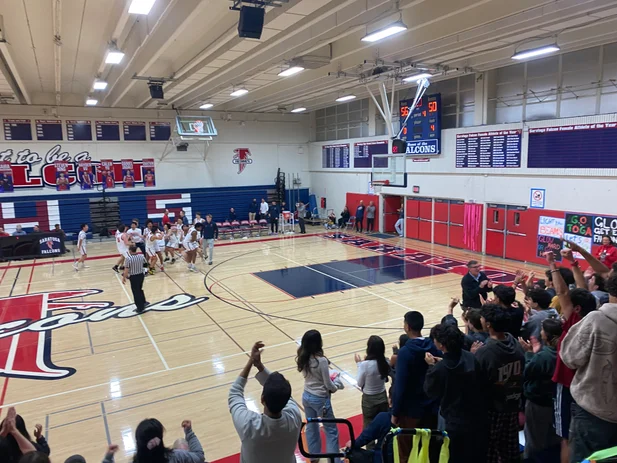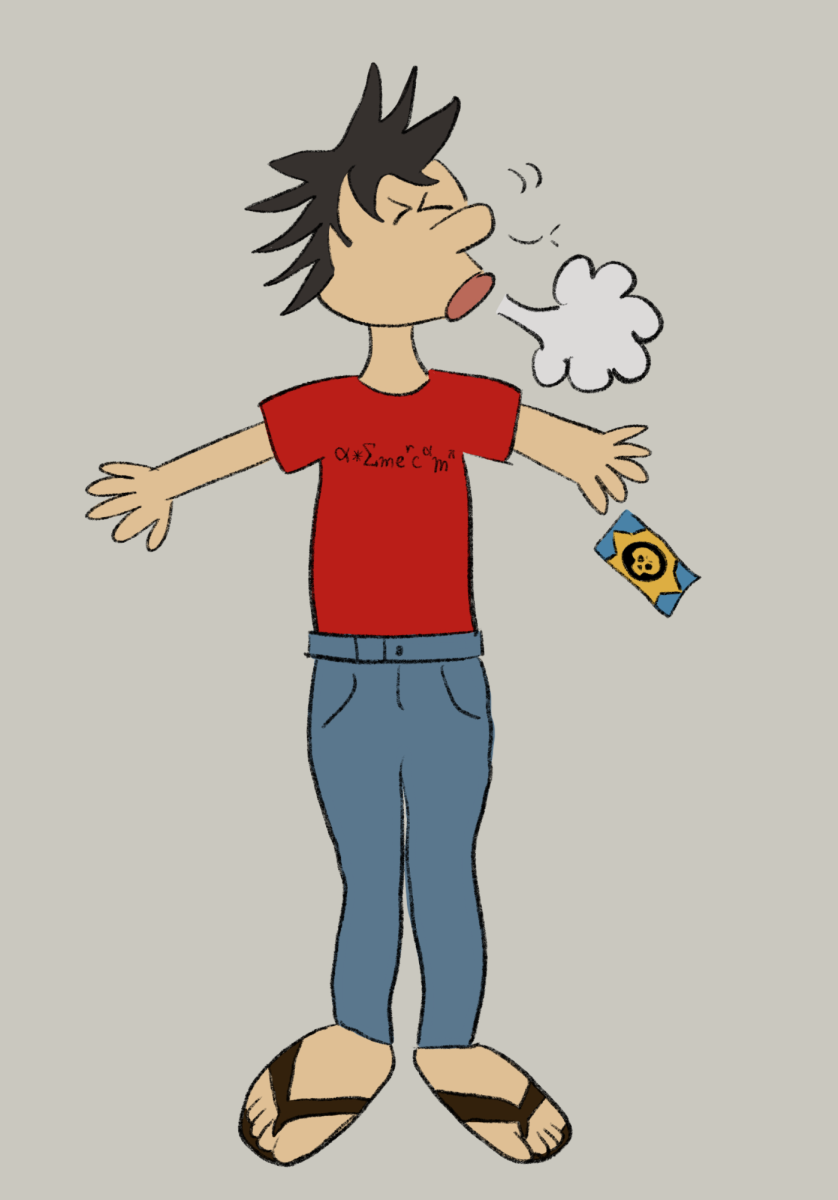Most people think of the Mechanical Science and Engineering Team (MSET) as just another club on campus, one that builds robots for a Robotics competition, a somewhat unusual way to spend free time.
However, there is more to building a robot than screws, motors and aluminum. A big part of the MSET experience involves money—and raising a lot of it for expensive robots and competitions.
“In order to have the quality program that everyone wants, we have to have the financial support to make it happen. The students have recognized that this year and have done a great job getting involved in the fundraising,” team adviser Dianne France said.
To be able to participate in the “robot face-off,” the whole team is pulling together, in this effort to raise the money that makes this special club possible. The entry fee for each competition is about $5,000, and the cost of the robot usually totals around $2,000.
“Membership fees alone cannot cover the cost to compete in the challenging arena of robotics clubs. It’s expensive,” said France. “The team members have to be creative and turn into active fundraisers, giving presentations to companies, writing grant applications or soliciting funds from the school community just like a real start-up.”
Fundraising involves the preparation of marketing materials such as presentations and fliers, as well as organizing a community fundraising campaign. Public speaking and presenting MSET’s need for support to a group of engineers, are just a part of the team’s fundraising agenda.
“It was pretty interesting because you had to go with the flow of [the presentation,]” sophomore Ivan France said. “Lots of the time we have a plan, but it doesn’t always happen.”
Companies decide to support MSET through money, supplies like aluminum, used to build the robot, tools, services and even lessons on how to better utilize resources.
“I learned that there are different ways of getting money from companies,” club president senior Michael Zuccarino said. “I’ll definitely use this [knowledge] if I’m in a start-up, so I’ll already have my feet wet and will feel more comfortable in an environment like that.”
This year, the team is also reaching out to the parent and student community, hoping they are willing to support the growth of technology, ingenuity and entrepreneurship at school.
“We’re about one-fifth to one-sixth the size of the band [in terms of listed members], and probably one-tenth [of the band’s size in terms of active participants]. I think people are scared of us, because they think that robotics is really complex, which it isn’t,” Zuccarino said.
The team can be seen in action at this year’s Silicon Valley regional competition at San Jose State University on March 29-31.
“We are fortunate to live in an area (Silicon Valley) where technology is embraced, and inspiring the next generation of engineers and scientists is something worth investing in,” Dianne France said.



